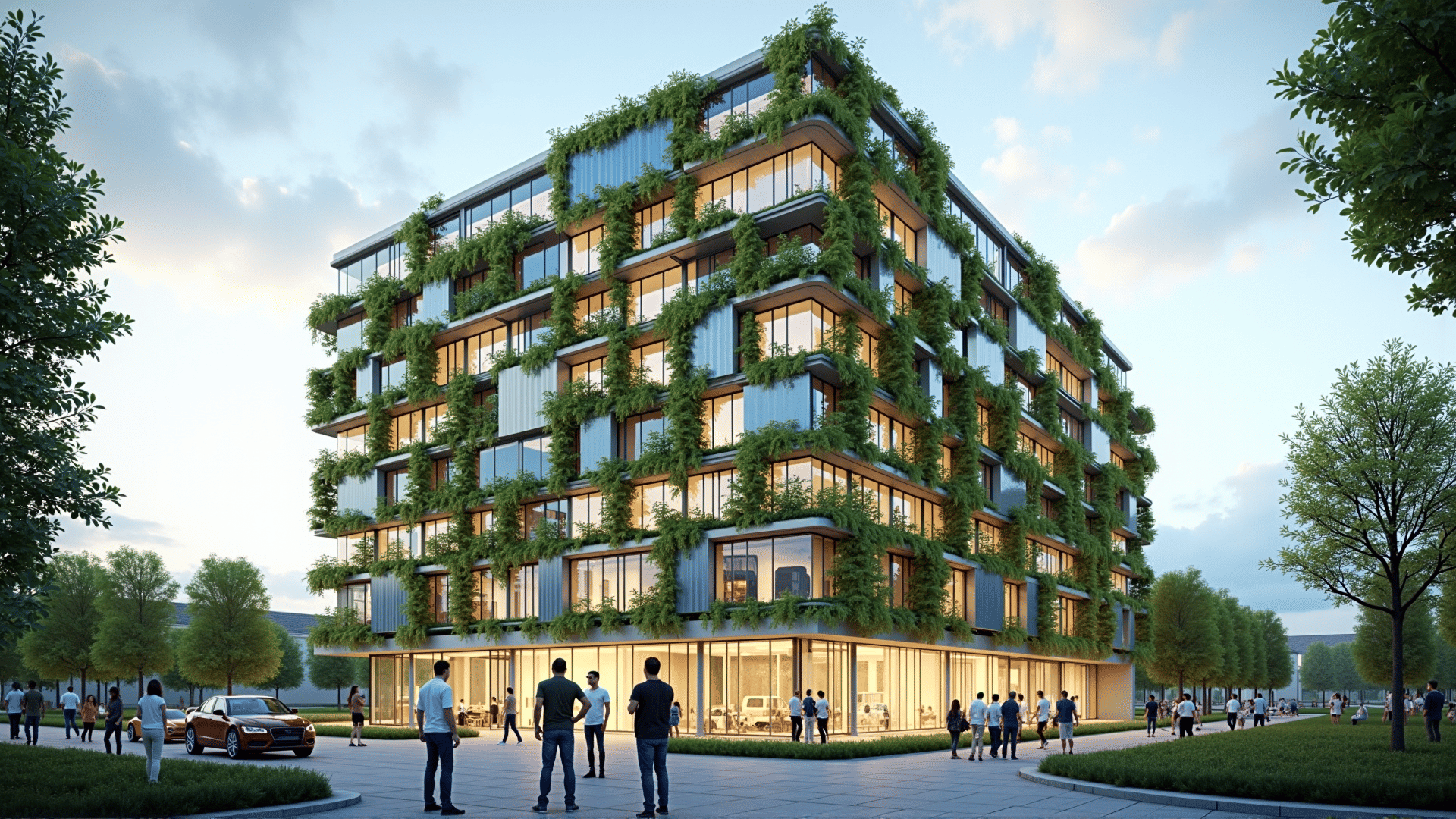As the world grapples with the pressing challenges of climate change and urbanization, there is an urgent need to rethink how we construct and inhabit our cities. Architects across the globe are rising to this challenge by embracing green architecture principles that promise to revolutionize urban living. These eco-friendly designs aim to create buildings that are not only aesthetically pleasing but also environmentally sustainable, reducing resource consumption and enhancing the quality of life for urban dwellers.
At the core of green architecture is the commitment to minimize the environmental footprint of buildings. This begins with the choice of materials; architects are increasingly opting for sustainable materials such as recycled steel, bamboo, and reclaimed wood, which have significantly less environmental impact compared to traditional construction materials. Additionally, the use of locally sourced materials reduces transportation costs and emissions, further lowering the ecological footprint of a building project.
Energy efficiency is another pillar of green architecture. Incorporating renewable energy sources such as solar panels and wind turbines into building designs has become increasingly common. These technologies enable buildings to produce their own energy, reducing reliance on fossil fuels. Moreover, innovations such as green roofs and walls, which are covered with vegetation, help regulate temperature and provide insulation, reducing the need for artificial heating and cooling systems.
Water conservation is also a critical component of eco-friendly urban design. Architects are increasingly integrating systems for rainwater collection and greywater recycling to minimize water wastage. Furthermore, the installation of low-flow plumbing fixtures helps to significantly reduce water consumption in buildings, contributing to the conservation of this vital resource.
One of the most exciting trends in green architecture is the concept of biophilic design, which seeks to reconnect urban environments with nature. This design philosophy advocates for the inclusion of natural elements such as indoor gardens, water features, and abundant natural lighting in building designs. By doing so, architects create spaces that not only enhance the well-being of occupants but also bridge the gap between the built environment and the natural world.
Urban planners and architects are also reconsidering the spatial layout of cities to promote sustainable living. Mixed-use developments, which combine residential, commercial, and recreational spaces, reduce the need for long commutes and encourage walking or cycling. Public transport systems are likewise being integrated into urban designs to offer environmentally friendly alternatives to private car use.
Community involvement is another crucial aspect of developing green cities. Architects and planners are increasingly seeking input from local residents to ensure that new developments meet the needs of the community and foster a sense of ownership and responsibility towards the environment. This collaborative approach not only results in more sustainable cities but also strengthens social cohesion.
Ultimately, the rise of green architecture signifies a profound shift in how we conceive and construct urban spaces. By prioritizing environmental sustainability and human well-being, architects are paving the way for the cities of tomorrow—cities that harmoniously blend the built environment with the natural world, fostering resilient and vibrant urban communities. As these principles continue to gain traction, the vision of a greener, more sustainable future becomes ever more attainable.
